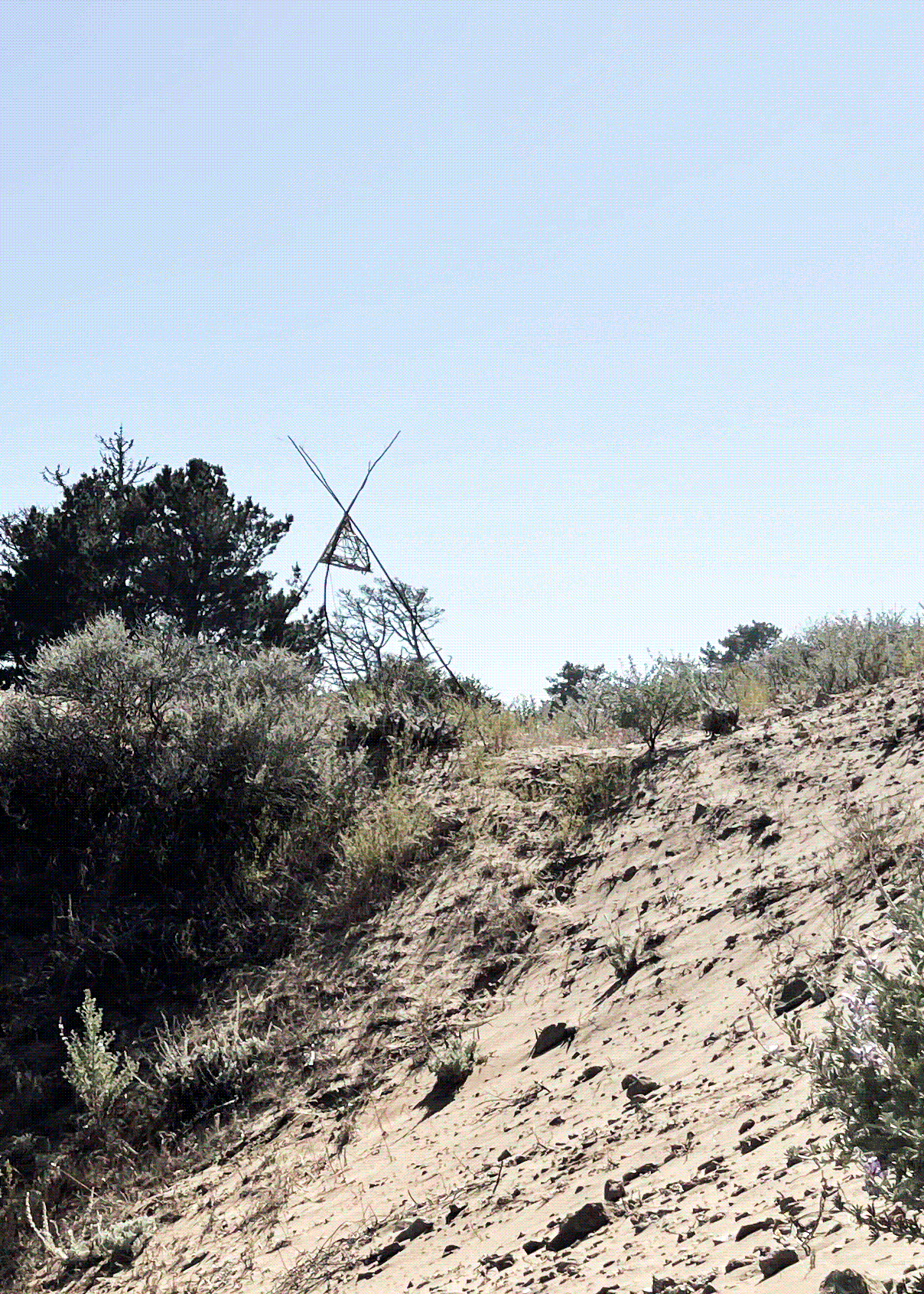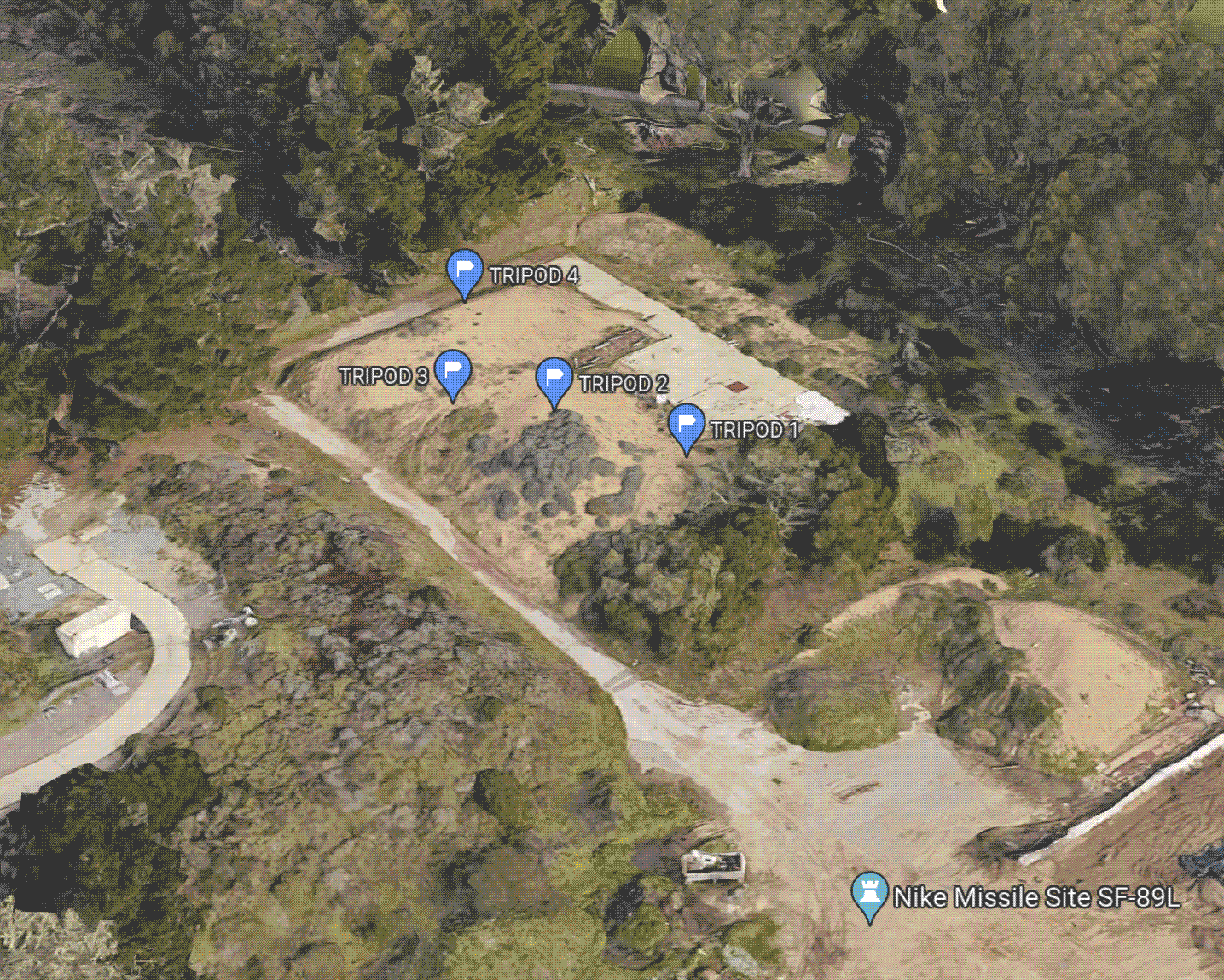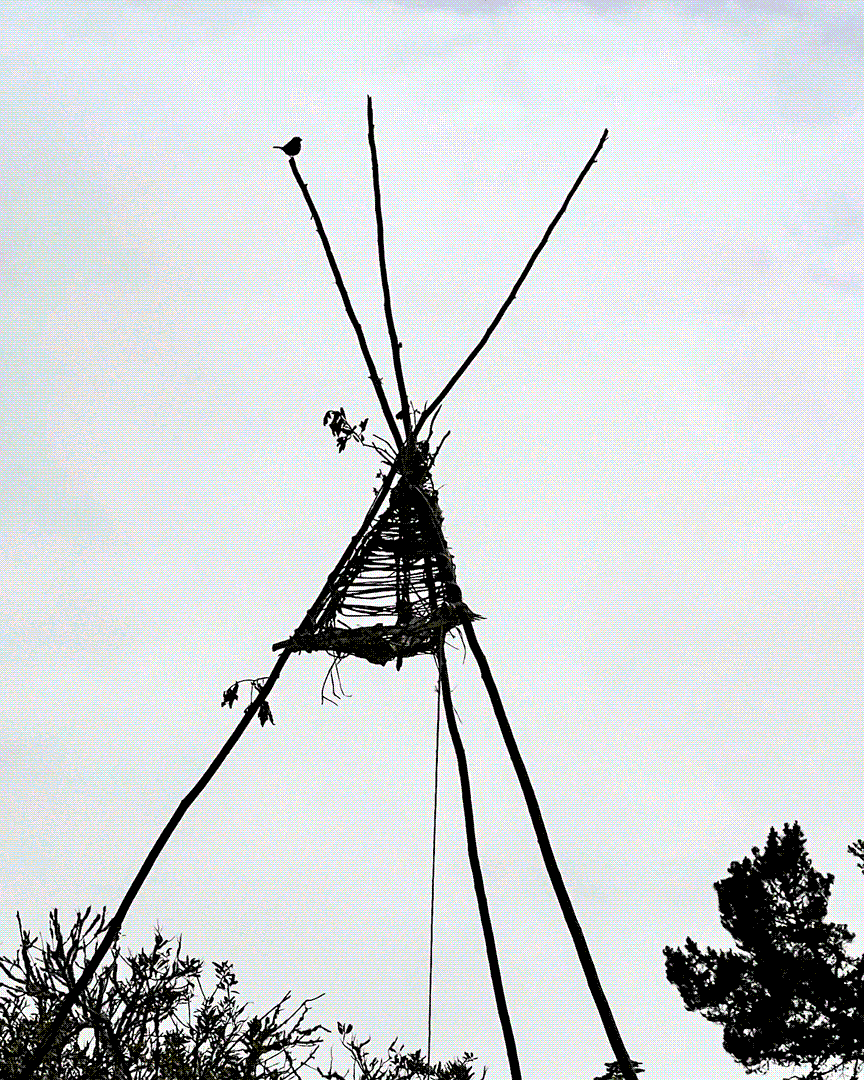PROJECT NIKE WILDLIFE RECOMISSION








PROJECT NIKE WILDLIFE RECOMISSION, 2022
︎ Class: 2022 Biodesign Challenge Submission
︎ Typology: Habitat
︎ Location: Presidio, San Francisco, CA
︎ Team: David Rico-Gomez, Geada Alagha, Chak Ying Wong
Project Nike was a surface-to-air missile defense system developed by the U.S. Army between 1945 and 1974. During the project’s 30 year lifetime, over 200 missile batteries were constructed around 40 designated “defense areas” across the United States, corresponding to major urban agglomerations and military installations. Nike Missile Site SF-89L, in the Presidio of San Francisco, was one of these batteries.
Today, nearly 50 years after deactivation, SF-89L is a barren patch of concrete in the otherwise restored natural areas of the Presidio. Tons of sand, dug up during the construction of the de Young museum, cover the concrete and only select shrubs and grasses have begun to colonize it.
The Wildlife Recomission project aims to rehabilitate this land by creating a series of habitat tripods across the site. Woven from arroyo willow branches and bark, the pyramidal structures are held up by 15 ft. long acacia logs that activate the sky and the ground below them, creating perches and nesting sites for birds, while lupine seed pods inside burst and disperse seeds below. Ohlone-inspired weaving techniques were used to create a variety of “wall” patterns and densities on each pyramid, creating different conditions for animals inside the structure while also collecting fog water. As the water collects, falls, and irrigates the lupine seeds, birds and insects can drink from pools of the water collected inside the bark-woven pyramids.
This project expands on Open Source Restoration
︎ Class: 2022 Biodesign Challenge Submission
︎ Typology: Habitat
︎ Location: Presidio, San Francisco, CA
︎ Team: David Rico-Gomez, Geada Alagha, Chak Ying Wong
Project Nike was a surface-to-air missile defense system developed by the U.S. Army between 1945 and 1974. During the project’s 30 year lifetime, over 200 missile batteries were constructed around 40 designated “defense areas” across the United States, corresponding to major urban agglomerations and military installations. Nike Missile Site SF-89L, in the Presidio of San Francisco, was one of these batteries.
Today, nearly 50 years after deactivation, SF-89L is a barren patch of concrete in the otherwise restored natural areas of the Presidio. Tons of sand, dug up during the construction of the de Young museum, cover the concrete and only select shrubs and grasses have begun to colonize it.
The Wildlife Recomission project aims to rehabilitate this land by creating a series of habitat tripods across the site. Woven from arroyo willow branches and bark, the pyramidal structures are held up by 15 ft. long acacia logs that activate the sky and the ground below them, creating perches and nesting sites for birds, while lupine seed pods inside burst and disperse seeds below. Ohlone-inspired weaving techniques were used to create a variety of “wall” patterns and densities on each pyramid, creating different conditions for animals inside the structure while also collecting fog water. As the water collects, falls, and irrigates the lupine seeds, birds and insects can drink from pools of the water collected inside the bark-woven pyramids.
This project expands on Open Source Restoration